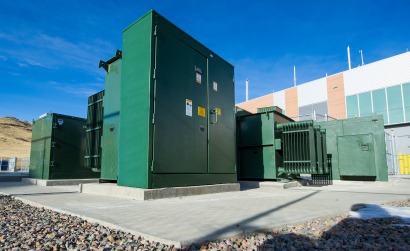
The new technique could create an energy storage industry worth £1 billion ($1.6 billion) per year to the UK economy and would fundamentally address the problem of energy storage for renewable technologies. As many as 22,000 jobs could be created by 2050.
“We have an opportunity, and growing need, to scale up our investment in technologies that will ensure the energy from renewables is not wasted, and the opportunities for the U.K. industrial sector are not lost” said Richard Williams, the pro-vice chancellor at Birmingham University who led the study.
Potentially, energy could be converted to liquid air and subsequently turned back into electricity by adding heat. As the air warms it expands 700 times in volume creating enough force to drive a piston engine or turbine. The addition of waste heat can make the process more efficient.
The liquefaction and storage of gases is a procedure that has been used around the world for many decades and is now common practice in many countries around the world. In order to be effective however, the system has to be optimised for the purpose and scale required while reflecting the needs of the country where it is to be deployed. The new report brings together the voices and views of many leading researchers and analysts as an introduction to where and how cryogenic systems can help to address the energy storage challenge. As with other technologies, the report also makes clear that the liquid air approach requires a combination of large-scale technical demonstration, a suitable market framework and a willingness to embrace innovative solutions.
The report was presented at a one-day conference hosted yesterday (9th March 2013) by the Royal Academy of Engineering in the presence of notable speakers from Birmingham University, Imperial College, The Institution of Mechanical Engineers and various other bodies.
Further information:

